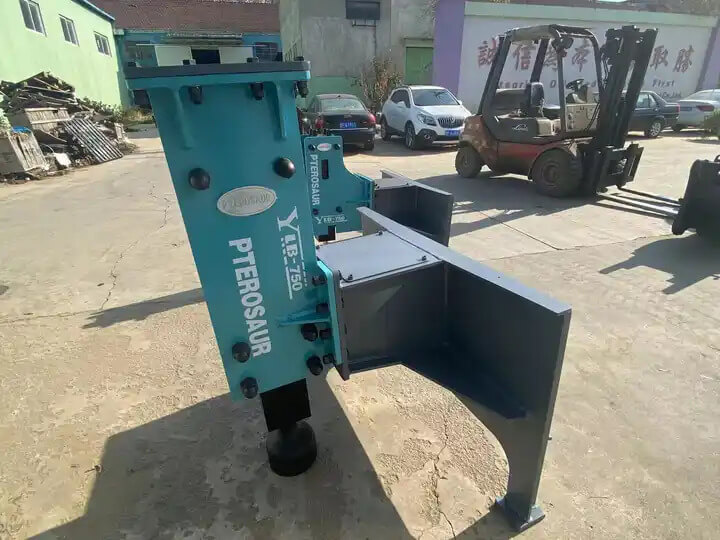Understanding Low Voltage Circuit Breakers: Design and Construction Basics
Low voltage circuit breakers are essential components in electrical installations, providing critical protection against overloads and short circuits. In this article, we will explore the design and construction basics of these vital devices, focusing on their frame, working principles, types, and key features.
What is a Circuit Breaker?
A circuit breaker is a mechanical device designed to isolate a faulty system from a healthy part of the electrical circuit. By opening or closing the circuit, it ensures the safety and functionality of electrical systems. Circuit breakers come in various types, including Molded Case Circuit Breakers (MCCB), Miniature Circuit Breakers (MCB), and Earth Leakage Circuit Breakers (ELCB), each serving specific protective roles.
The Frame of a Circuit Breaker
The frame of a low voltage circuit breaker serves as the insulated housing for its components. Typically constructed from thermal set plastic, such as glass-polymer, the frame plays a crucial role in determining the interruption rating of the circuit breaker. It must withstand electrical and thermal stress while providing sufficient insulation to ensure operator safety.
Key Features of Circuit Breaker Frames:
- Material Composition: The choice of materials influences the durability and performance of the circuit breaker. Thermal set plastics are common due to their insulating properties and resistance to heat.
- Rated Specifications: The frame must support various electrical ratings, including maximum voltage, maximum ampere rating, and interrupting rating. These specifications indicate the circuit breaker’s capacity to handle electrical loads and fault conditions effectively.
How Does a Circuit Breaker Work?
The operation of a circuit breaker involves a series of mechanical and electrical processes. When current flows through the breaker’s contacts, the device monitors the electrical load. If an overload or short circuit occurs, the breaker interrupts the current flow by separating its contacts.
The assembly typically consists of several “U” shaped steel plates that surround the contacts, providing support and enhancing the breaker’s performance during fault conditions. Once the fault is cleared, the circuit breaker can be reset to restore normal operation.
Types of Circuit Breakers
-
Miniature Circuit Breaker (MCB): MCBs are designed to protect electrical circuits from overload and short circuits. They are commonly used in residential and commercial applications due to their reliability and ease of use.
-
Molded Case Circuit Breaker (MCCB): MCCBs offer protection against overloads, short circuits, and current surges. They are suitable for industrial applications where higher capacity is required.
-
Earth Leakage Circuit Breaker (ELCB): ELCBs are designed to prevent electric shock by detecting earth faults. They cut off the electrical supply when leakage currents exceed a predetermined threshold.
-
SF6 Circuit Breaker: This type of breaker utilizes sulfur hexafluoride (SF6) gas to insulate and quench arcs during operation. SF6 circuit breakers are popular in high voltage applications due to their excellent insulating properties.
Conclusion
Low voltage circuit breakers are indispensable for safeguarding electrical installations from potential hazards. Understanding their design and construction basics is crucial for selecting the appropriate type for specific applications. Whether it’s an MCB for residential use or an MCCB for industrial settings, these devices ensure safe and reliable operation of electrical systems.
For more information on circuit breakers and their applications, consider exploring resources dedicated to electrical safety and protection technologies.




































